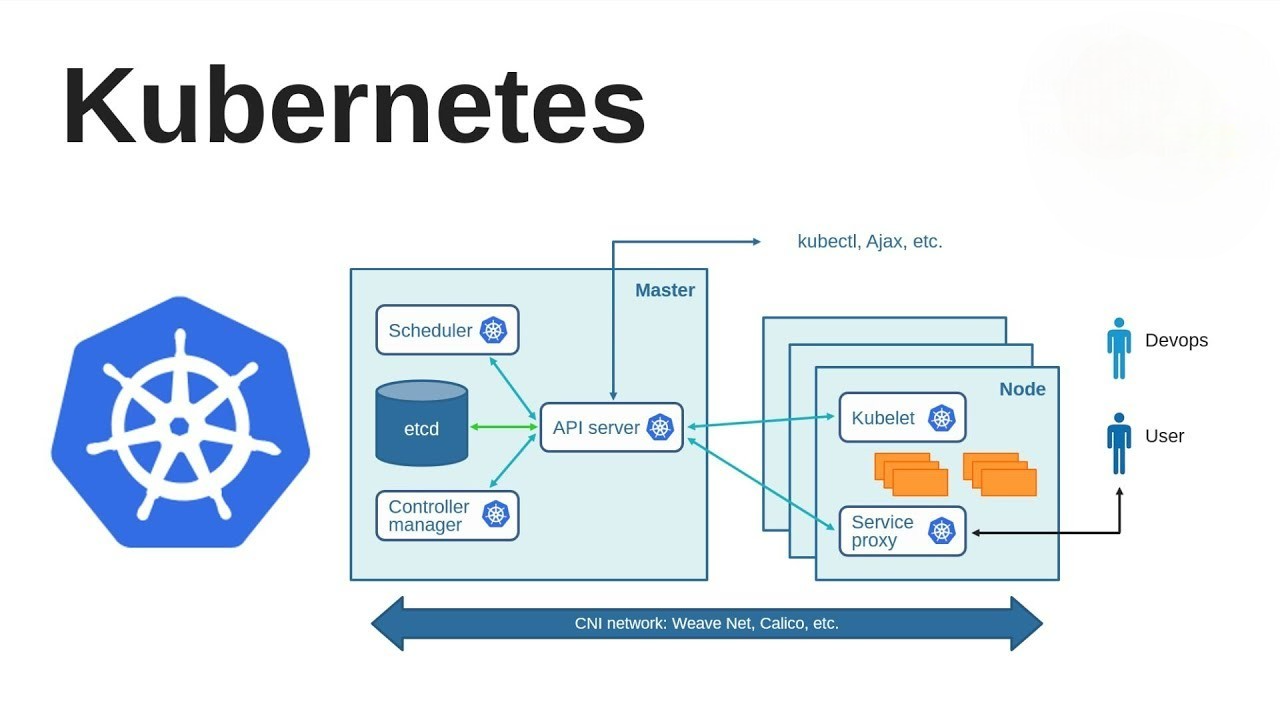
Imagine a busy harbour where ships constantly arrive and depart, carrying goods of all shapes and sizes. Each vessel represents an application, and the containers on board are the smaller packages of functionality. Without a harbour master, chaos would reign—ships might collide, cargo could be lost, and schedules would collapse.
Kubernetes is the harbour master in the world of software. It organises, directs, and manages the flow of containers so that applications run smoothly, scale effortlessly, and recover quickly when problems occur. For beginners, Kubernetes may seem like a maze, but with the proper perspective, it becomes a powerful tool for turning disorder into order.
Containers: The Building Blocks
Before diving into Kubernetes, it’s essential to understand the role of containers. Think of them as neatly packed lunchboxes. Each contains everything needed for a meal—main dish, sides, and utensils—so you don’t have to depend on what’s available in the kitchen.
In software, containers bundle the application code with its dependencies, making them portable and reliable across different environments. This solves a longstanding problem in development: “it works on my machine”, but fails elsewhere.
Why Kubernetes? The Orchestrator’s Baton
Now imagine an orchestra where each musician plays independently without coordination. Even the most talented violinist or drummer cannot create harmony on their own. Kubernetes acts as the conductor’s baton, ensuring each container (musician) comes in at the right time, plays the right notes, and stays in sync with the rest of the system.
It automates crucial tasks such as load balancing, scaling, and healing—restarting containers if they fail or redistributing them if demand spikes. For developers, this automation allows them to focus less on logistics and more on creating value.
Learners beginning a DevOps course in Pune often encounter Kubernetes early in their journey, as it embodies the principles of automation and efficiency central to modern DevOps practices.
Key Features Made Simple
Kubernetes offers a range of features, but for beginners, four stand out:
- Scaling: Similar to adding more chefs in a kitchen during rush hour, Kubernetes automatically scales up by adding more containers when demand increases.
- Self-healing: If a container fails, Kubernetes replaces it, just as a spare musician might step in during a performance.
- Load balancing: Traffic is spread evenly, ensuring that no container gets overwhelmed—much like distributing work fairly across a team.
- Rollouts and rollbacks: Updates can be introduced gradually, and if something breaks, Kubernetes can roll back quickly.
These capabilities turn Kubernetes from a complex-sounding technology into a practical everyday assistant for managing applications.
Challenges for Beginners
While Kubernetes is powerful, its complexity can overwhelm newcomers. The sheer number of concepts—pods, nodes, clusters, services—can feel like learning the vocabulary of a new language. Configurations are often written in YAML, which, for the uninitiated, can appear cryptic.
The key is to start small. Beginners should focus on understanding basic deployments and services before tackling advanced features. Over time, the puzzle pieces begin to connect, revealing the bigger picture of orchestration.
Institutions offering a DevOps course in Pune often simplify these challenges by providing hands-on labs. By experimenting in guided environments, learners see Kubernetes in action rather than just reading about it.
Conclusion
Kubernetes may seem daunting at first glance, but it is ultimately a system designed to simplify, not complicate. By orchestrating containers like a skilled conductor and healing systems like a vigilant harbour master, it provides the foundation for reliable, scalable applications.
For beginners, the journey with Kubernetes is less about memorising commands and more about understanding metaphors: the harbour, the orchestra, the kitchen. These mental models turn complexity into clarity.
As industries increasingly adopt container-based solutions, those who learn Kubernetes today will find themselves equipped with one of the most sought-after skills in the DevOps field. For aspiring engineers, this is not just a tool—it’s a gateway into modern software development.
